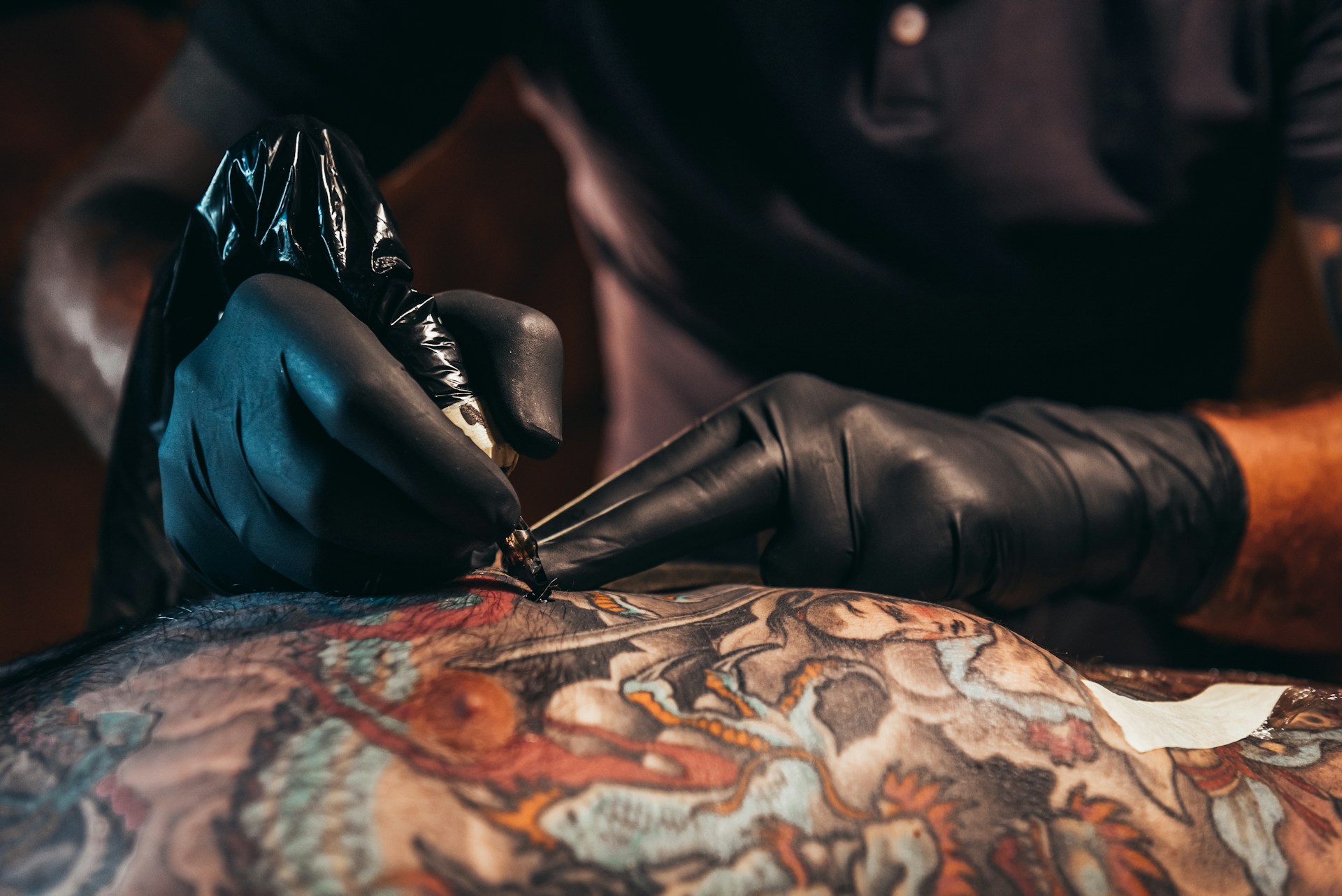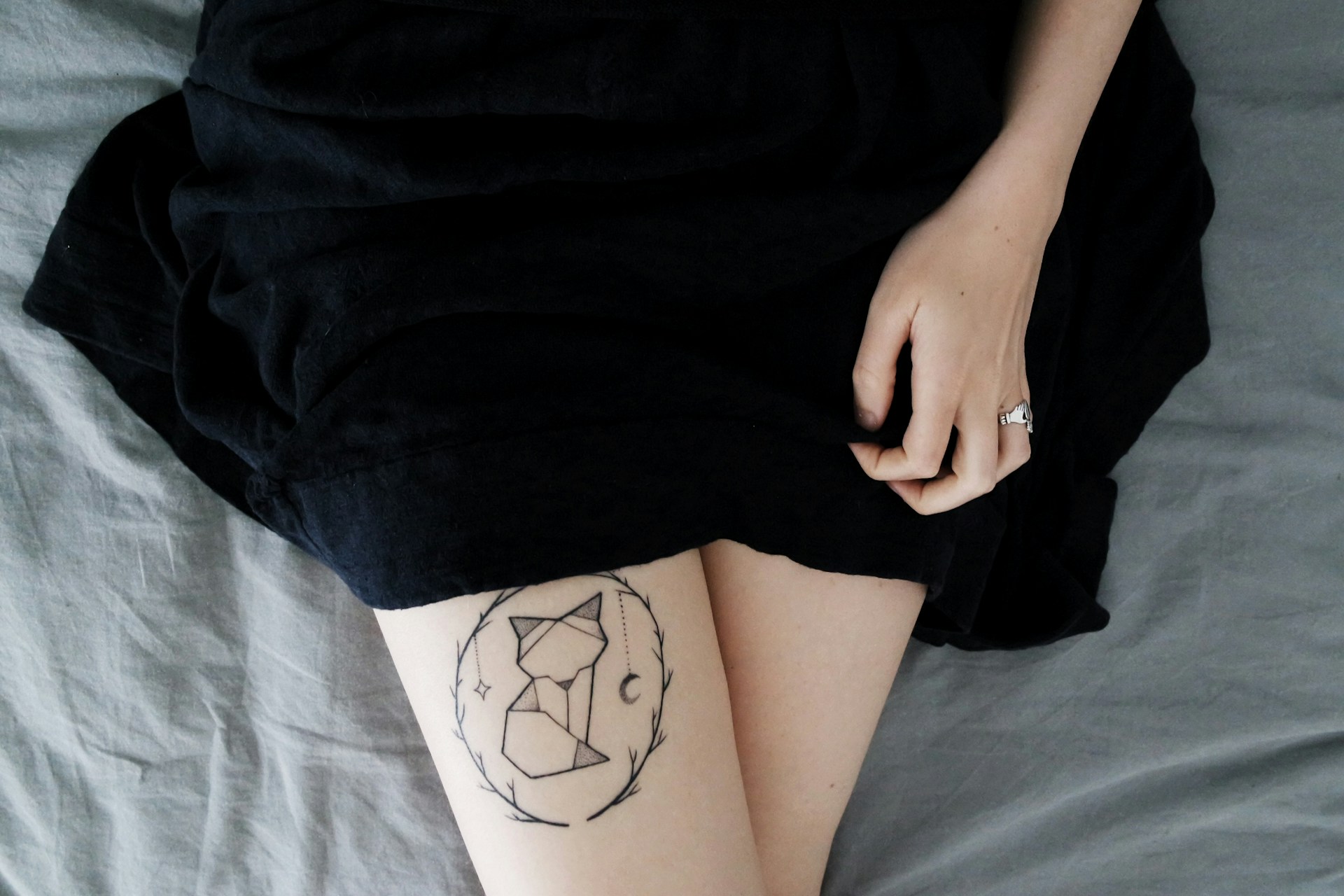An article states that people get tattoos for various reasons—for attention, self-expression, artistic freedom, rebellion, a visual display of a personal narrative, reminders of spiritual or cultural traditions, and more.
However, most people forget that it is a procedure that requires strict aftercare. Having tattoos are less controversial today, but getting them may pose some risk on the subject. Getting tattooed in a parlor that doesn’t practice safety will likely get your wounds infected. At the same time, failure to abide by aftercare routines can increase the risk of a tattoo infection.
Getting a Wet Heal Tattoo
Most tattoo artists nowadays recommend wet healing a tattoo due to its benefits. Although keeping a wound moist during its healing period is a terrible practice, doing wet healing properly may eliminate the risk of having issues linked to infection.
Wet healing a tattoo means keeping the tattoed area moist as it heals. In areas of the body that constantly move, such as the joints, wet recovery prevents the skin from drying and possibly tearing up—preventing extreme pain or the development of scabbing, damaging the tattoos. Often, dry recovery in the areas that are always on the move is more painful and uncomfortable to do.
1. Which Body Parts Should Be Wet Healed?
All body parts that are constantly moving, such as joints, should be wetly healed. Dry healing a body part that constantly moves only results in scabbing or further causes a tear on the skin. In effect, the wound takes more time to heal, possibly damaging the tattoo in the process.
2. Which Body Parts Shouldn’t Be Wet Healed?
Anybody part that stays immobile most of the time may be subjected to the usual dry healing. It’s better to air-dry the body parts that don’t move because it would heal faster and better than keeping it moist. However, remember to keep it clean, especially if you’re leaving the wound exposed to air.
3. How to Wet Heal a Tattoo
Right after getting tattooed, the tattoo artist will cleanse and cover the affected area with Aquaphor or A&D. The wound will then be plastic wrapped and secured down. After two days, the patient should remove the wrapping and repeat the process.
The method of wet healing should be done within three to four days, with a two-day interval in changing the plastic wrap, or until the wound flakes and peels. As soon as it flakes or peels, leave the tattoo to dry heal.
4. How Long Does the Process Take?
The duration of wet healing depends on the person’s skin. Usually, it should last for at least five days or until the wound flakes or peels. From there, the process of healing should continue through dry healing until the wound fully heals.
Conclusion
Getting a tattoo can be an overwhelming yet exciting experience. As more people get a permanent modification procedure done on their bodies, better healing processes will soon be developed. However, for now, wet healing a tattoo seems to be the most effective process, especially for areas where the wound may form a scab or tear.
Although wet healing is riskier than dry healing as it creates the perfect environment for bacteria, it is still a better approach to jointed tattooed areas. Simply ensure that you’re following the advice of the tattoo artist for aftercare, and all should be good. At Lucky DeVille, we provide the best in cosmetic tattooing in Buffalo, NY. Cosmetic tattooing applications tend to last between two to six years, and after that, some fading occurs and requires an annual touch-up.



